Even the most experienced photographers occasionally need to take a step back and reexamine their craft. In the same way that our tech is constantly evolving, a good image maker’s perspective should grow with the passing of time. One way to get those creative juices flowing is to set aside some time to practice or experiment:
B&H rep David Flores offers a few short and sweet exercises, which photographer Todd Vorenkamp demonstrates.
1. Two Dozen
Find a spot and stick to it. Without moving around, make 24 unique images (no repeats allowed). Without the ability to work elsewhere, you’ll be forced to try out different perspectives and explore angles that you may not have embraced otherwise.
2. Ten of One
This exercise is fairly straightforward—focusing on a single small object, make ten photographs. Approach these images however you’d like, whether that means shooting from six feet away or six inches away. Don’t be afraid to try something new!
3. Four Corners
It’s time to break the rules and experiment with composition. Choose a subject, and to the best of your ability, make four separate images in which the subject is restricted to a corner of your frame. You may be surprised to find just how the photographs change between frames.
4. Artificial Restrictions
Set a solid limitation for yourself, and try to stick to it for a day, a week, or however long you’d like. Try to place a restriction that will force you to shoot differently than you normally would. For example, use a single fixed lens that you don’t often bring out or avoid using a shutter speed faster than 1/60 of a second.
5. Roll of Film
Before you start frantically searching for the nearest darkroom, this exercise won’t actually require you to dust off that old 35mm. Just limit the number of exposures you make in a session as you would when working with analog film. Digital tech gives us the luxury of unlimited images, but that makes it easy to fall into the habit of shooting without considering the photograph you’re after ahead of time.
6. Twelve Abstracts
This exercise is quite similar to the second exercise on our list. However, this time around you should try to focus specifically on the minute details of your subject. By forcing yourself to get abstract, you’ll see what it is that you’re photographing in an entirely new way.
7. Portable Subject
Start carrying something around with you—a small stuffed animal, a figurine, a toy car. As you go about your day, try to spontaneously work your object into a photograph. You can incorporate it into the foreground or the background in whatever way you’d like. By introducing a familiar object into a variety of different scenarios, you’re challenging yourself to find ways of incorporating it into shifting compositions.
8. The “Unselfie”
We’re not talking about taking selfies willy-nilly here. Instead, we’re challenging you to take a thoughtful self portrait. Use the self timer to carefully compose, reframe, and insert yourself into the frame in a meaningful way.
9. The Mixing Bowl
Start out by taking a few strips of paper. On each piece write a restriction or something you can grab inspiration from. Throw them all into a bowl, choose at random, and stick to it when you’re out shooting!
10. Change Up
Never underestimate the value of trying something different. If you normally focus on landscapes, try your hand at shooting sports. If you’re a nature photographer, take a trip into the city. The more often you place yourself in different scenarios, the more flexible you’ll become as an image maker.
11. Nine Elements
Get back to the basics and spend make some photographs emphasizing the nine elements of art:
- light
- shadow
- line
- shape
- form
- texture
- color
- size
- depth
Try to block out any outside distractions and focus solely on those simple features.
12. Steps
Go for a walk somewhere you haven’t been before, and after a predetermined number of steps, take a new shot. In other words, take a photograph for every five steps that you take, taking care to reexamine your surroundings each time. Even just a few steps’ difference can provide something entirely new
13. Two Trips
This may sound counter intuitive, but try going to a space without your camera. Make a few observations on what that space has to offer and what elements are attracting your attention. At a later time, come back with your camera and try to recapture those initial observations.
Happy shooting!
Like This Article?
Don't Miss The Next One!
Join over 100,000 photographers of all experience levels who receive our free photography tips and articles to stay current:
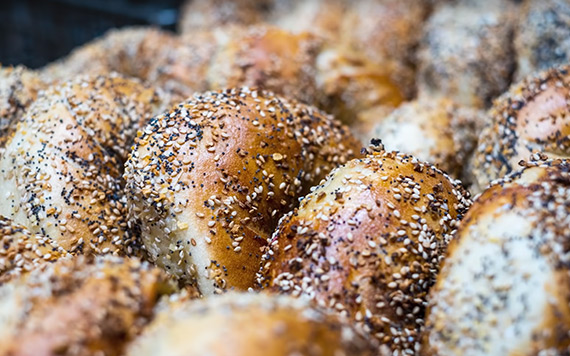
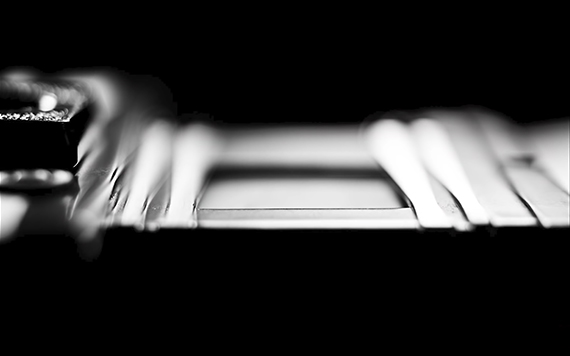
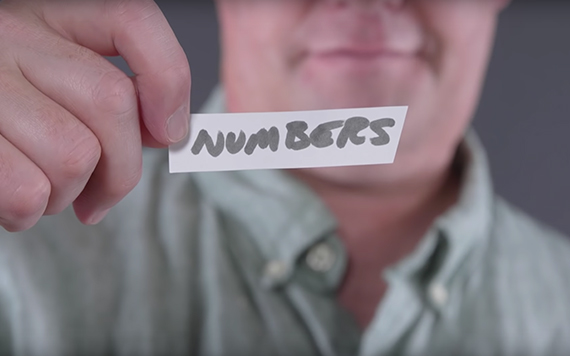
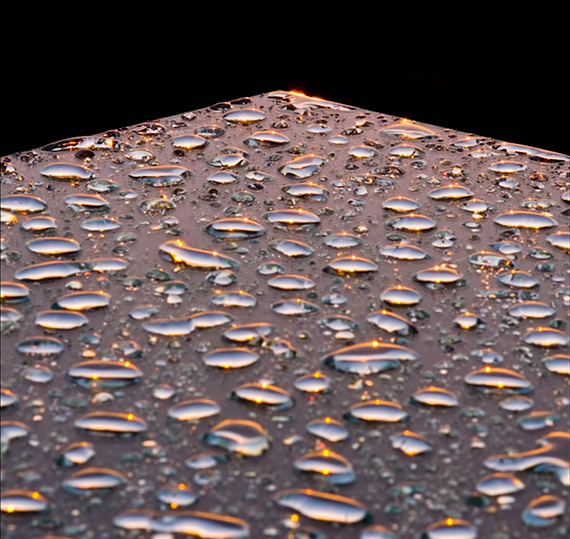
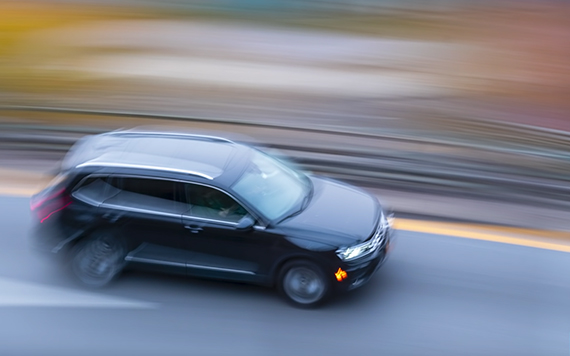






Leave a Reply